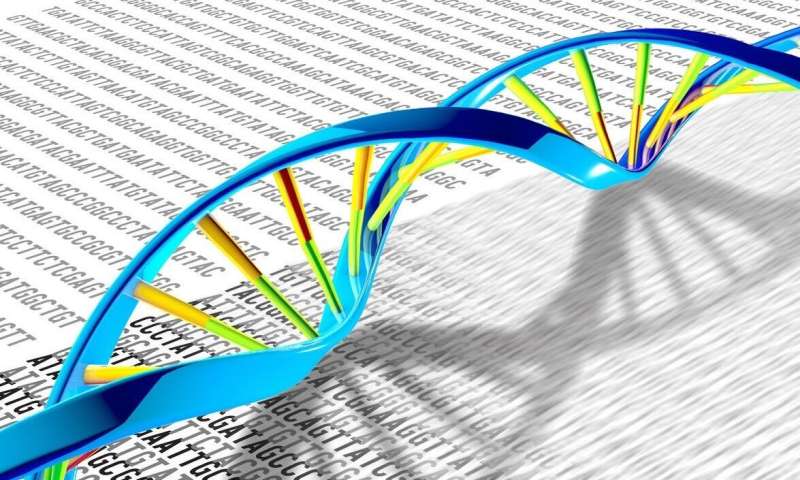'Molecular GPS' offers detailed gene maps to fast-track drug discovery

Sadie Harley
scientific editor

Robert Egan
associate editor

Scientists at Northwestern University have developed the largest open-access resource of its kind to help researchers shave off months of early-stage drug development time by allowing them to better understand diseases and find potential treatments.
Called (Spatial transcriptOmics Analysis Resource), the now-live platform is a one-stop shop that helps scientists explore how genes behave differently in various parts of the body, shows them how cells might be talking to each other and enables them to find new drug possibilities.
Spatial transcriptomics is a cutting-edge scientific method that helps researchers see which genes are active in different parts of a tissue, essentially giving scientists a bird's-eye view of cell interactions. SOAR is the first comprehensive spatial-transcriptomics resource designed expressly to accelerate drug-discovery pipelines.
"It's too expensive and too time-consuming to push thousands of potential drug candidates to the preclinical study and clinical trials," said corresponding author Yuan Luo, chief AI officer of the Northwestern University Clinical and Translational Sciences (NUCATS) Institute and the Institute for Artificial Intelligence in Medicine at Northwestern University Feinberg School of Medicine.
"We need to pick the right leads and then push them to downstream studies. This resource will help prioritize that."
Research findings using the resource were in Science Advances. Several pharmaceutical companies are already looking to use SOAR in their research, Luo said.
Gives researchers a 'molecular GPS'
SOAR aggregates data across 441 spatial transcriptomics datasets from 19 different spatial transcriptomics companies, allowing researchers to see detailed maps of gene activity across 3,461 tissue samples from 13 species (from humans to zebrafish) and 42 tissue types (e.g. breast, lung, brain, bowel, etc.).
By showing how genes are expressed—turned on or off—in different parts of a tissue and connecting that to how certain chemicals affect cells, this dataset acts like a "molecular GPS"—helping scientists zero in on the exact biological processes that could be targeted to treat diseases, Luo said.
Studying IBS to breast cancer
With disease, Luo said, it's often not the cell activity itself that is problematic, but rather where the cell activity is occurring.
"If immune cells are attacking normal cells in regular tissue, that's really bad because that could give you inflammatory disease, like the irritable bowel disease," Luo said. "Or if the immune cells are not attacking cancer cells in a tumor microenvironment, that is really a bad thing because it lets the cancer grow.
"SOAR helps examine the variability and interactions to give researchers the understanding of what mechanism is going on so they can better understand what is underlining the disease."
Peking University's Zexian Zeng (a former trainee in the Luo lab and Northwestern alumnus) is a co-corresponding study author.
More information: Yiming Li et al, SOAR elucidates biological insights and empowers drug discovery through spatial transcriptomics, Science Advances (2025). .
Journal information: Science Advances
Provided by Northwestern University
















